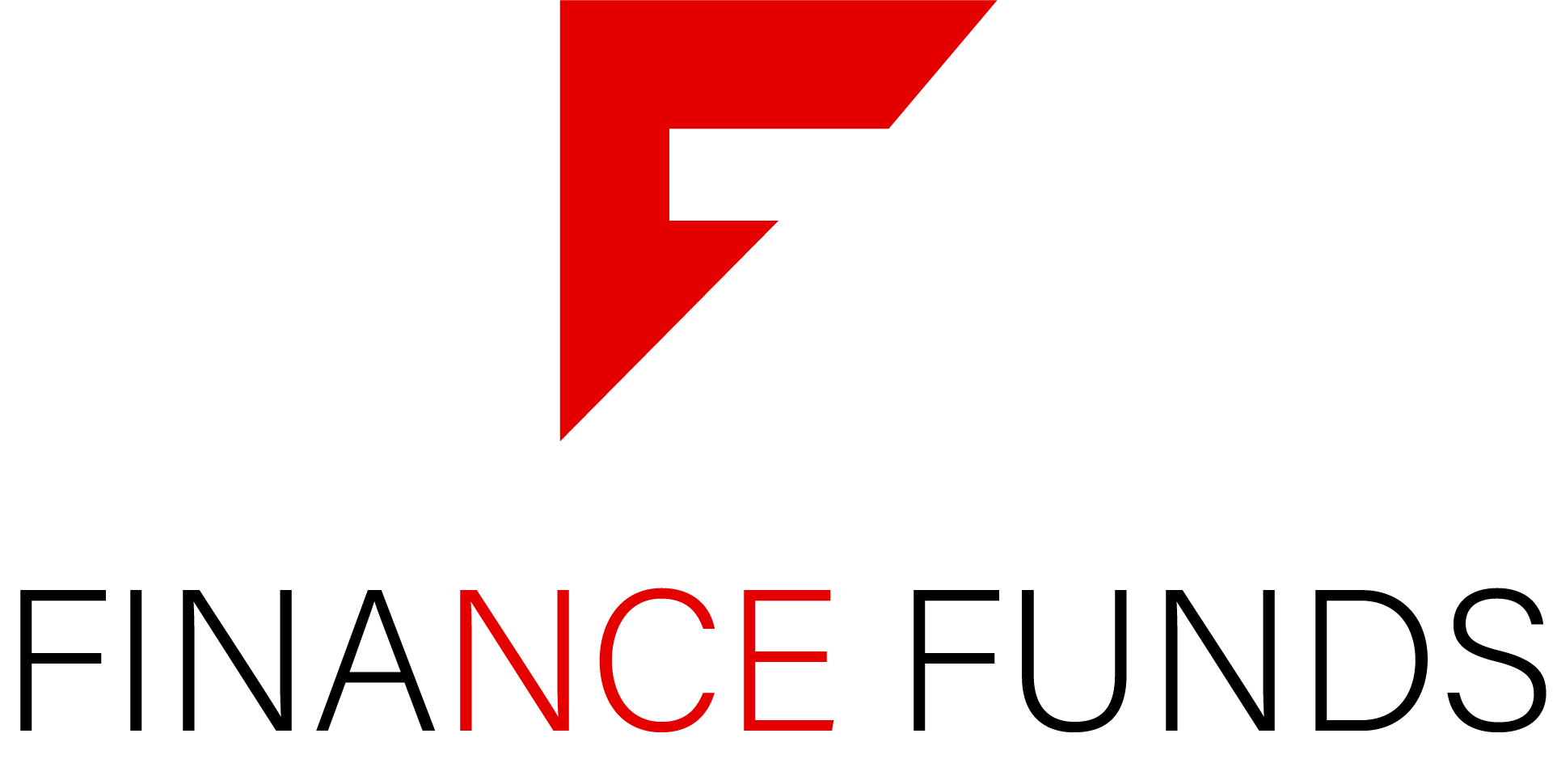When an individual consumer, not a business or corporation, is looking to file for bankruptcy, it is almost always most appropriate for them to either file under Chapter 7 bankruptcy law or Chapter 13 bankruptcy law. The majority of consumer bankruptcies are filed under Chapter 7. In Chapter 7 bankruptcy, the consumer is able to get rid of almost all his debts, thereby providing them with the chance to start over again, where their focus would be on rebuilding their severely tarnished credit report.
That last sentence is important to realize for anyone considering filing bankruptcy under any chapter or code. If your bankruptcy is approved by the federal bankruptcy courts after an extensively and detailed look at your current financial situation, the bankruptcy will be highlighted and readily visible on your credit report from each of the major credit bureaus for the next seven to ten years. This is a big reason why it is important to consider the act of bankruptcy as a last resort option, where you have thoroughly examined and evaluated each of your bankruptcy alternatives and found that proceeding with the bankruptcy petition is really your best option in your circumstances.
Even with the drastic changes in the bankruptcy laws in recent years, it should be noted that the underlying PUPOSE of filing Chapter 7 bankruptcy has not changed. But with that said, be aware that the changes in the bankruptcy laws have significantly changed the method and procedure for doing any kind of bankruptcy, including Chapter 7.
For the consumer considering chapter 7 bankruptcy, this is most often caused by a huge pile of debt, usually credit card debt and usually with high interest rates, where the consumer is unable to pay even the minimum amount due each month. Note that “fault” is not assigned in a bankruptcy hearing. The financial situation of the consumer may have come about due to things out of the control of the consumer, not due to the financial mismanagement of the consumer. The most frequent causes that lead up to this situation are a job layoff, high unexpected medical expenses that are not covered under one’s health insurance plan, a hotly contested divorce settlement, and too many other things which are out of the consumer’s direct control to list here.
This can be a problem. Most consumers really want to pay off their debt if they had the ability to do so. But a consumer with, for example, $60,000 or more in debt could find themselves continuing to pay on that debt for the next 20 years or more, even if they did not acquire additional debt and even at low or no interest rate being assessed.
After the bankruptcy petition is filed, the consumer needs to show up in court on a specified date, a date of which all his creditors have been notified of, and each side presents their case. The creditors, if they show up (they often do not) may argue that money was loaned to the consumer with fair expectations of repayment. It is ultimately up to the bankruptcy judge to decide how to proceed, and there is not a set or established standard for how this plays out, since each individual case is different.
Although Chapter 7 bankruptcy could conceivably be done without a bankruptcy lawyer, this is strongly not recommended. With the changes in the bankruptcy laws, compounded with variations of the law from state to state, the consumer could find himself spending more time and money that what the lawyer fees would have come to, and it is almost always worth the investment in a bankruptcy lawyer to guide you through the process, since they have a very thorough understanding of bankruptcy law and what the variations are in your state.








